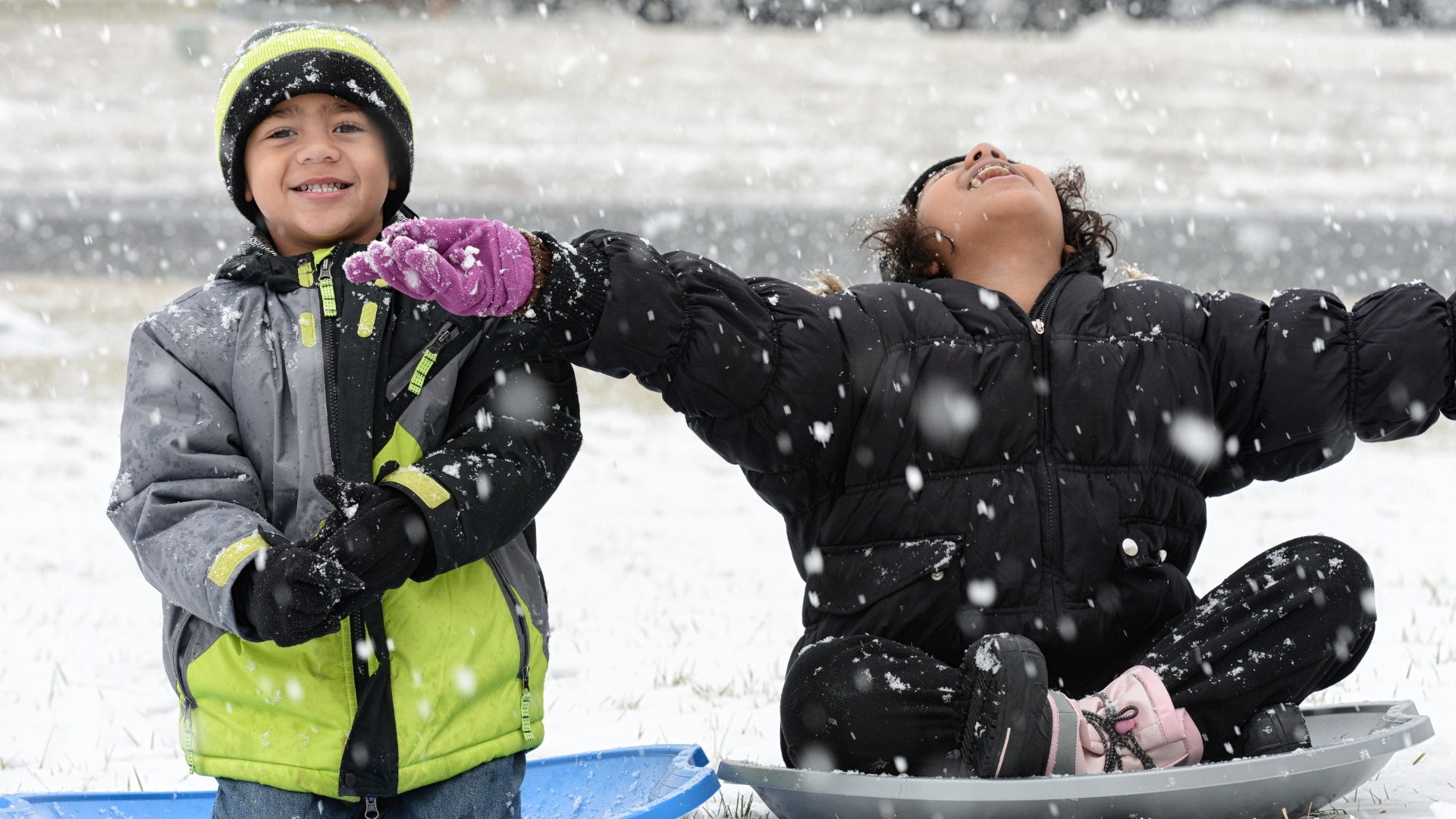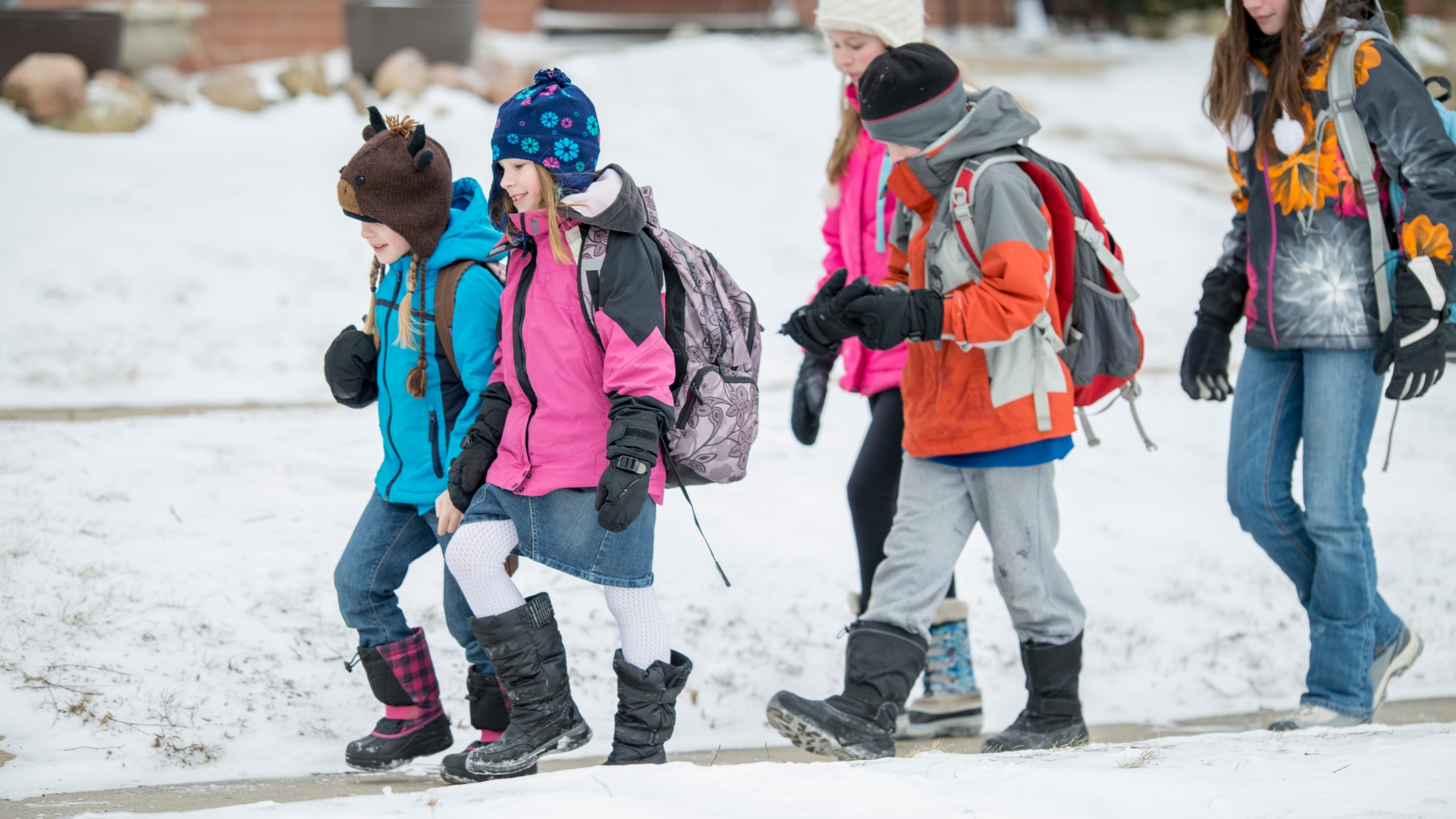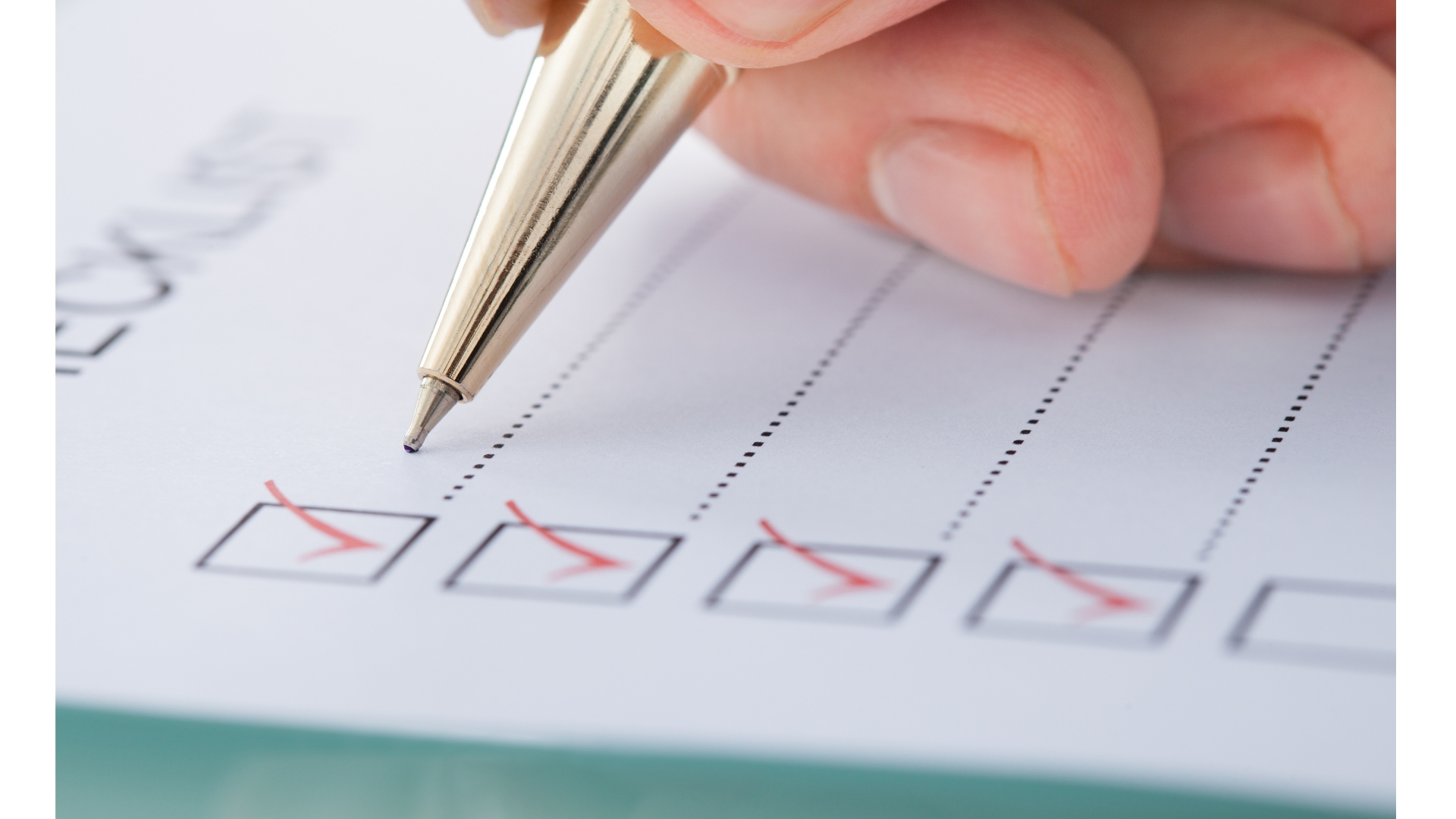Summer break is winding down, and if you're like most school administrators, you're deep in the thick of back-to-school planning. The good news? You're not alone in feeling like safety preparation has become more complex over the years.
Many school leaders we work with remember when safety planning meant fire drills and basic emergency procedures. Today's educational environment requires a more comprehensive approach, and frankly, it can feel overwhelming to know where to focus your energy for maximum impact.
We recently connected with experienced school leaders Ross Kaelin (Principal of Operations at Salisbury Christian School) and Dr. Terri Williams (Director of Operations at Penn Hills Charter School of Entrepreneurship) to get their honest take on what actually works when it comes to comprehensive safety planning. Their insights might just change how you approach this critical work.
The Power of Team-Based Safety Planning
Here's something that'll probably make you feel a lot better: the best school leaders aren't trying to handle safety planning all by themselves anymore. Instead, they're building collaborative teams that bring together different perspectives and get everyone invested in the process.
"Without a team approach, you're never gonna be successful," Ross shared. "It requires all of your stakeholders, including your parents, to understand and know the procedure so that everybody's prepared in the situation that you have to respond."
Dr. Williams echoed this collaborative mindset: "We have Google documents, like I shared with you previously, that everybody has a buy-in into that process." Gone are the days of working in silos—today's most effective safety programs involve everyone from administrators to parents in meaningful ways.
Consider starting with a small core team that includes representation from different areas of your school. As the group develops its rhythm, you can expand to include parent representatives and even student voices where appropriate. The goal is creating a network of people who feel invested in your school's safety and can contribute their unique insights.
Relationships as Your Foundation
Here's something that might bring you relief, your most powerful safety tool isn't a piece of equipment or a complex protocol—it's the relationships and community knowledge you already have.
"The most important thing is knowing your kids, knowing your families, and knowing your kids is probably the most critical thing," shared Ross Calle from Salisbury Christian School.
This makes sense when you think about it. You already know that feeling when something seems "off" with a student, or when a visitor doesn't quite belong. That intuition comes from genuinely knowing your school community.
Focus on creating more opportunities for your staff to really get to know students and families. Trust those gut feelings when someone who knows your community well says something feels different. And build systems that actually capture and act on these observations.
Embracing Safety as an Ongoing Journey
One insight that can transform how you approach safety planning is understanding that this work is never really "finished"—and that's actually a good thing.
"For us, it's a year-round process, it's a weekly conversation, and it's something that doesn't ever end," explains Ross Kaelin.
“For us, it literally never stops. There’s, for me, no such thing as getting ready for next year, like I'm always getting ready,” shares Dr. Terri Williams.
Rather than viewing this as burdensome, consider it an opportunity for continuous improvement. This ongoing approach allows you to learn from experience, adapt to new challenges, and refine your systems based on real-world feedback rather than theoretical scenarios.
Build safety check-ins into your regular routine instead of treating them like big, special projects. Ask for feedback after drills and use that info to make things better. A lot of schools tell us that this continuous attention actually makes everyone less stressed over time—systems get smoother, staff get more confident, and people know their concerns will be heard.
Making Change Manageable for Everyone
Let's acknowledge something important: implementing new safety procedures can feel overwhelming for everyone involved—including school leaders. Staff members are already managing heavy workloads, parents want to understand what's happening at school, and students can sense when adults are stressed.
Ross shared some wisdom about making change manageable: "Change is hard, but change is good. If you take your time doing it, you set yourself up for success."
The key is setting realistic expectations from the start. "When expectations are managed, that's where a lot of the success happens, where people don't seem to think, oh, overnight everything's gonna change."
We often recommend you pick your most important focuses first and hone in on getting that right before moving on to the next. Make sure people understand why you're making changes, not just what the new rules are. And give everyone plenty of chances to practice so new procedures feel natural.
Be upfront about the fact that building really good safety systems takes time. Set realistic timelines and celebrate the wins along the way. When people see that you're committed to doing this thoughtfully instead of just rushing through it, they're more likely to get on board.
Creating Systems That Work Under Pressure
The best safety plans are designed with a strong understanding of how people actually act when they're stressed. When emergencies happen, people naturally fall back on whatever feels most familiar, which means complicated procedures can become nearly impossible to follow when you need them most.
This is exactly why independent schools use platforms like Ruvna for daily operations, not just emergencies. When your team uses the same system to manage routine tasks—tracking drills, updating contact information, coordinating with staff—those tools become second nature. Then, when an actual emergency hits, your team isn't fumbling with unfamiliar technology or trying to remember login credentials under pressure.
The goal isn't to have a plan for every single possibility—it's about building systems that help your team respond well using principles they really know.
Learning From Your Broader Community
One of the best resources school leaders have is connecting with other administrators and community partners who are dealing with the same challenges. You don't have to reinvent the wheel.
Dr. Terri Williams from Penn Hills Charter School of Entrepreneurship puts it perfectly: "I do rely on our counterparts in some of the public schools to ensure that we are working cohesively as a team."
Building relationships with your local police and fire departments can give you great insights into how your procedures align with their response capabilities. Most are eager to work with schools because they'd rather help prevent problems than just respond to them.
Connect with other administrators in your area to share resources and strategies. Professional networks and safety conferences can introduce you to ideas you might not have considered. You can also join virtual conversations, like our Connected Schools webinar series, to hear from peers and connect with school leaders facing similar challenges.
Integrating Technology Thoughtfully
Technology can enhance your school's safety systems when it's part of a bigger picture instead of just a quick fix. The schools that do this well use tech to support good decision-making and make complicated processes simpler.
Think about communication systems that can instantly reach everyone during emergencies, platforms that help you organize and track safety protocols, and tools that make it easier for different team members to coordinate.
“One of the biggest focuses, and honestly one of the reasons we even ended up using Ruvna, was communication,” shares Ross Kaelin.
The key is making sure any tech you bring in actually solves problems you've already identified and works well with what you're already doing. Before you invest in anything new, think about how it'll work day-to-day and whether it's going to make things easier or just add complexity.
Building Confidence Through Preparation
The most important thing to remember? The goal isn't to achieve perfect safety—it's about building confidence that comes from thoughtful preparation and strong community relationships.
Every step you take to improve your safety systems, every conversation with your team, every drill you run with care—all of that contributes to creating a school environment where people genuinely feel secure and supported.
This work requires patience and persistence, but it builds on strengths you already have. Your dedication to your students and staff, your knowledge of your school community, and your commitment to continuous improvement are the foundation everything else is built on.
As you head into this school year, focus on building systems that feel sustainable and authentic to your school's culture. Trust the relationships you've already built while working to make them stronger. The most important safety measures often can't be easily measured—they live in the connections between people, the trust within your community, and the culture of genuine care you're building every day.
Ready to streamline your school safety operations? See how Ruvna can help you build the integrated, systematic approach that leading administrators appreciate. Schedule a demo to learn how your school can use one platform to manage everything from emergency protocols to daily operations.
Want to hear the full conversation? Access the complete webinar recording to dive deeper into these insights and get answers to questions from other school administrators just like you.
Latest articles

Northern Virginia's First Snow and One School's Flawless Communication Response

School Safety Technology Budget Approval: The Leadership Conversation Guide



